Massage is a treatment that works across many complaints: it can heal, relax, revive, detox or simply help you feel more balanced. It also works on a physical level. Tired or knotted muscles are relaxed and refreshed, blood circulation is increased and lymph flow is stimulated. Research shows that massage is particularly good at relieving stress-related problems such as anxiety, panic attacks and high blood pressure. Some studies also show that it is effective at treating back pain, arthritis and area-specific injuries or difficulties.
So, massage is a win/win. But how do you make sure you get a good one? You don’t want light aromatherapy if you’re looking for the kind of massage that has you wincing when your therapist finds the knots in your back. Communication, and making sure you book in for the right massage, is key.
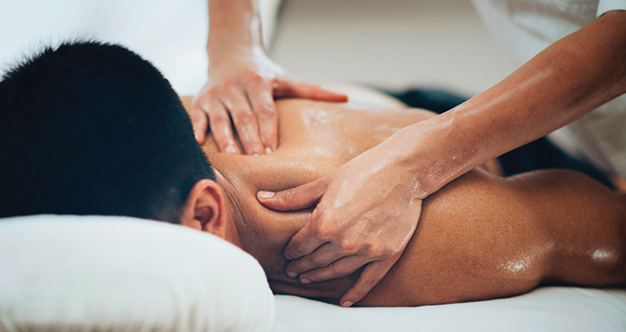
Most European massages use four main techniques, used at different times and in different patterns during your treatment. During effleurage your therapist will use the palm of her hand in slow, smooth, continuous strokes. It’s the most relaxing part of your massage. Petrissage is an umbrella term for more active movements you may feel during your treatments, including kneading, rolling and lifting. If you picture someone using the side of the hands to chop on your back – that’s tapotement. Frictions are small movements where your therapist uses her fingers and thumbs to rub across the muscle fibres. This can be the painful bit, particularly if you have knots in your muscles.
How much of each technique is used will depend on the aim of your treatment. Swedish and deep tissue massage, where your therapist will work hard on getting rid of the tension in your muscles, are more likely to focus on petrissage and tapotement. Aromatherapy or relaxation massages – where the aim is to completely let go and bliss out – are more likely to focus on effleurage.
Remember when we said communication is key? If you know what you want from your massage, our guide to the most popular types of massage should arm you with enough information to help you feel confident walking into the treatment room.
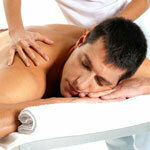
Aromatherapy massage tends to use softer, flowing massage techniques with aromatherapy essential oils. Depending on the oils used, aromatherapy massage can relieve stress and anxiety, help you relax and sleep better, soothe pain (including tired or aching muscles), improve flexibility, aid concentration and calm your temper. The oil you choose will be important in influencing your treatment: citrus oils tend to be refreshing; cypress and juniper are cleansing; and eucalyptus and peppermint are more stimulating.
Might use: effleurage, petrissage
Good for: stress, anxiety, sleeplessness, complete relaxation

A deep tissue massage uses slower, firmer strokes and pressure than other treatments, and works on deeper layers of muscle tissue. It often uses finger pressure to concentrate on particular areas, while strokes follow or go across the fibres of muscles and tendons. It’s good for unknotting and loosening stressed muscles and increasing blood (and therefore oxygen) flow around your body.
Might use: effleurage, tapotement, frictions
Good for: unknotting and loosening muscles
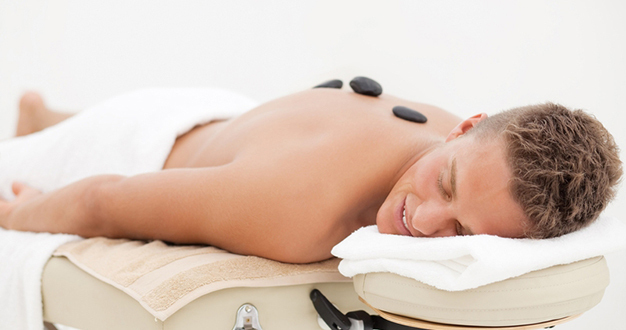
Hot stone massage uses heated basalt stones laid or rolled on strategic parts of your body. The direct heat relaxes muscles, creating a more effective and intense treatment. Hot stones expand blood vessels and calm the nervous system; cooler ones constrict blood vessels and gently wake the nervous system up. The combination of relaxing warmth and refreshing coolness is thought to encourage the body to heal.
Might use: petrissage, effleurage
Good for: relaxing muscles, warming up on a cold day
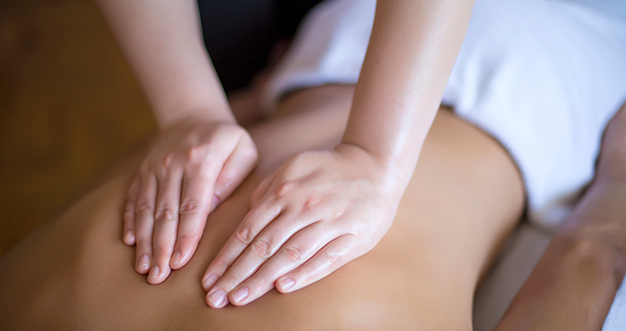
A therapeutic treatment that uses gentle, pulsing motions and long rhythmic strokes from your feet upwards in the direction of your lymph nodes. It is said to boost the flow of lymph around your body, refreshing your immune system and flushing out nasties. As a result, it can help your body fight infection or speed up healing and recovery from illness.
Might use: effleurage, petrissage
Good for: energising, relaxing, balancing
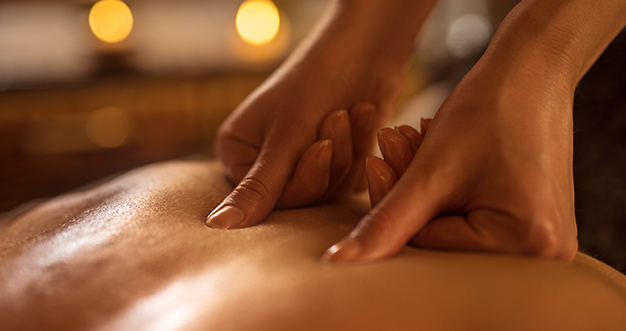
Relaxing you is the only aim of this massage, so it’s one of the most indulgent you can have. Your therapist will use all kinds of techniques, including long strokes, gentle kneading and rolling of skin and muscle and, perhaps, some rhythmic rocking from side to side. It might not sound particularly effective, but this is the one you’re most likely to fall asleep during…
Might use: effleurage, petrissage
Good for: relaxing, encouraging blood flow
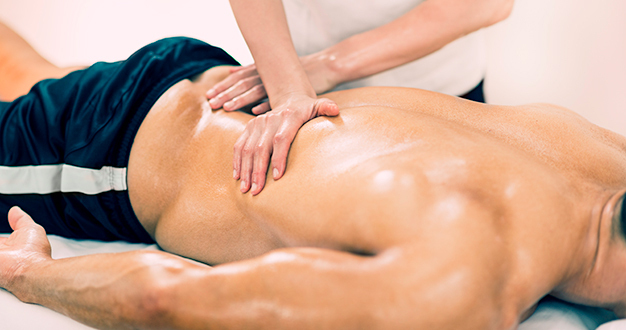
Because each sport uses muscle groups in different ways, a qualified sports massage therapist will have a sound knowledge of muscular and skeletal systems, and tailor the treatment for each individual athlete. A good sports massage will relax your muscles, help you fight fatigue, relieve any swelling around your joints and boost your circulation and immune system.
Might use: petrissage, tapotement, frictions
Good for: relaxing your muscles, relieving swelling around joints
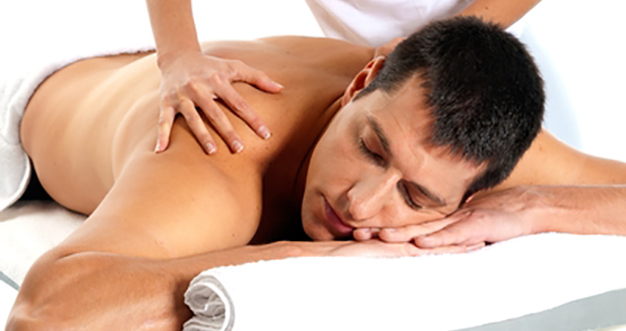
Five main styles – stroking/gliding, kneading, rubbing, tapping/pounding and vibration – are probably what spring to mind when you think about a ‘typical’ Swedish massage. They’re not designed to punish you! Just to improve your circulation, soothe your muscles and help you relax.
Might use: all four main techniques
Good for: improving circulation, soothing your muscles

Thai massage uses a combination of pressure point compression and rhythmic muscle stretching to encourage energy flow. It is traditionally performed on a mat on the floor, loosely clothed. Thai therapists will use their hands, feet, elbow, forearms and knees to administer the technique and adjust the rhythm to suit the client. Do not go into this expecting 60 minutes of relaxation.
Might use: tapotement, petrissage, joint rotations, stretching
Good for: releasing muscular tension, improving joint mobility

Suave Spy
12th June 2017
Spy Likes:
Tepedariums (heated seats make my spa day); pools you can actually swim in; eucalyptus steams rooms; deep tissue massages.
Spy Dislikes:
Anything to do with ice or cold plunge pools; having to go outside mid-spa day; other people talking loudly; hot tubs with the bubbles on!
